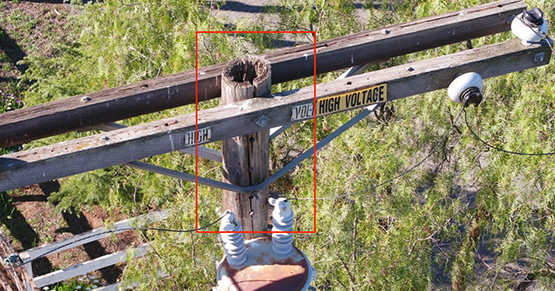Risk-Informed Drone
Inspection Program
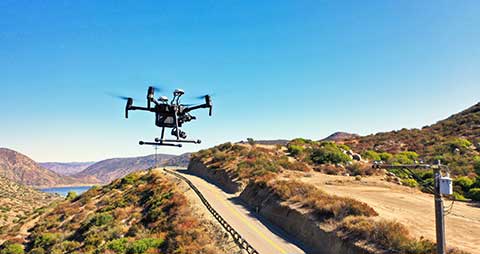
Overview
As part of our program to reduce the risk of wildfires and to improve our response time during an emergency, SDG&E has deployed cutting-edge drone technology for the past decade. In addition to using drone technology to monitor wildfires and pinpoint causes of power outages, we also use drones to conduct aerial inspections of electric and natural gas facilities and equipment in remote areas that are difficult for our ground crews to reach.
In support of SDG&E’s Wildfire Mitigation Program (WMP), the Risk-Informed Drone Inspection (RIDI) Program enhances the evaluation of our poles and equipment within the High Fire Threat District (HFTD) areas and Wildland Urban Interface (WUI).
About the Project
SDG&E originally started conducting drone inspections in 2019. The Drone Investigation Assessment and Repair (DIAR) Program was deployed between 2019 - 2022, where more than 100,000 DIAR drone inspections were conducted using drones in the High Fire Threat District (HFTD) areas. After this program was completed, we tailored our flights and inspections to be driven in a more risk-based approach.
The RIDI Program, which began in 2023, completed approximately 15,000 inspections of SDG&E’s electric power poles and equipment to identify needed repairs or improvements. The images obtained provide a different perspective of the tops of poles and infrastructure. For example, woodpeckers can hollow out the tops of poles which cannot be seen without drone images. Drones help access hard to reach areas that would normally require treacherous hiking. Drones also assist with overall asset management.
The RIDI program continues to perform approximately 13,000 pole inspections per year. The scope is determined by our data scientists using Artificial Intelligence (AI) technology and historical data based on outages, equipment failure, Public Safety Power Shutoffs (PSPS), etc. With this data, we can determine where the highest-risk structures are located within our HFTD service territory due to their risk scores based on the probability and consequence of failure. During our flights and assessments, some findings may require us to make the repairs within 24 hours. Depending on the repair, an outage may be necessary.
The safety of our customers, employees and the communities we serve is our highest priority. Over the past decade, we have invested more than $5 billion in a variety of safety measures to prevent catastrophic wildfires. We are committed to our communities and will continue to strengthen our infrastructure, weather technology and data analysis, and our partnerships and communications with local organizations and municipalities. Learn more about our wildfire prevention and mitigation activities in our 2026 - 2028 Wildfire Mitigation Plan.
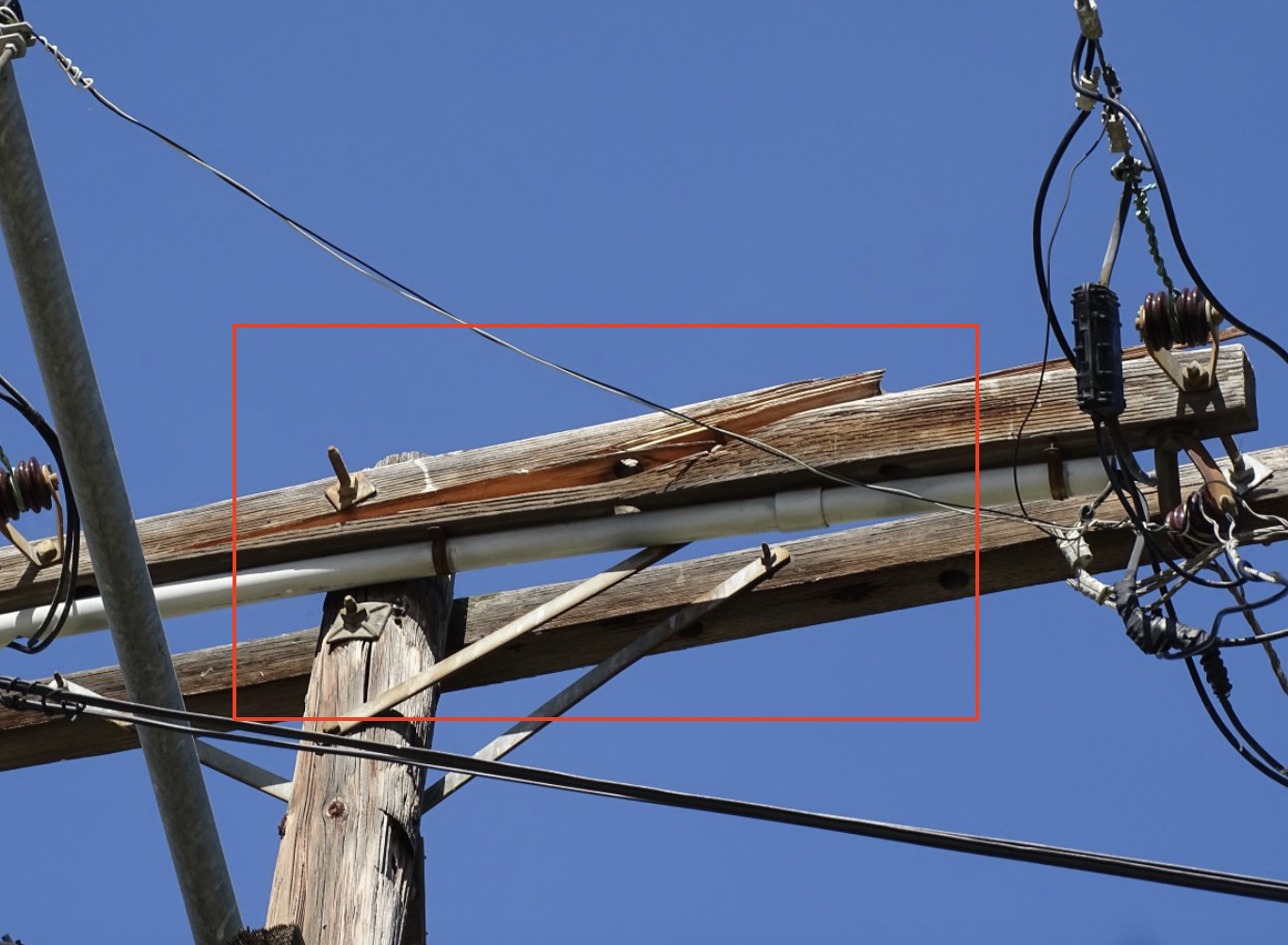
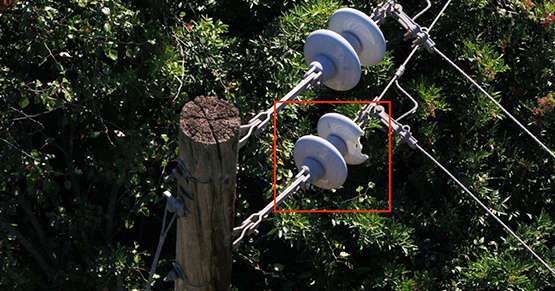
What to Expect
Customers will be notified by postcard and will receive a phone call from our automated call system. For more information, visit sdge.com/drone-program.
Generally, SDG&E drones will only hover over SDG&E electric infrastructure. All SDG&E drones are outfitted with a GPS tracker and can be identified and located to a specific area.
Drone inspections may take place daily during daylight hours. Depending on the complexity of the pole or equipment, an inspection can take between 20 minutes to approximately two hours to complete. The safety of our crews is paramount and we encourage residents to treat them with respect; their job and intent is to conduct these inspections to make our system safer.
Project Map
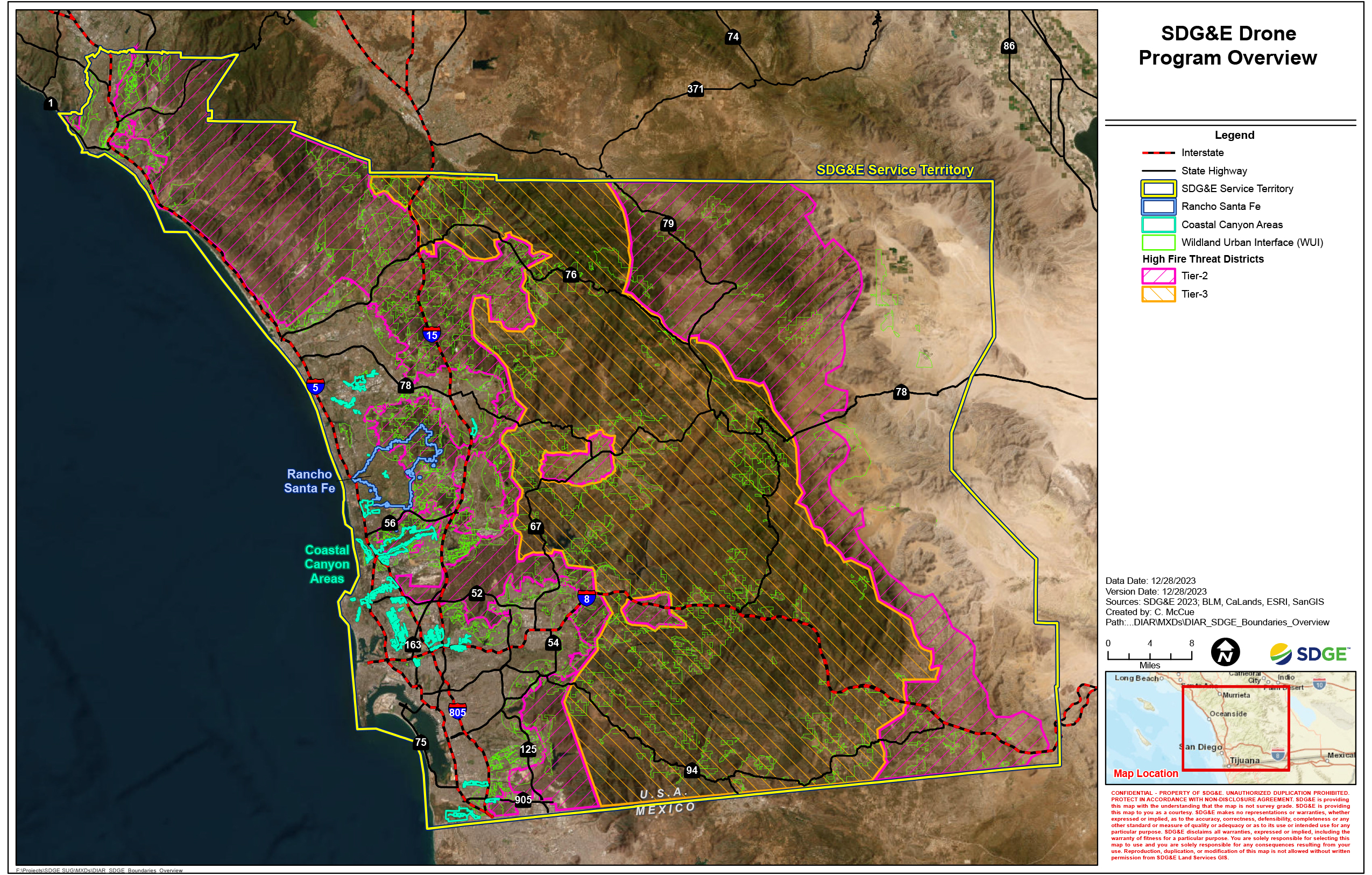
Frequently Asked Questions
The images obtained can provide a different perspective on the infrastructure, assist in accessing hard to reach areas that would normally require treacherous hiking, and assist with overall asset management.
Yes, we make every attempt to notify customers by sending a postcard in the mail and using our automated call platform. Additionally, more information can be found on our website at sdge.com/drone-program.
Generally, SDG&E drones will only hover over SDG&E electric infrastructure. All SDG&E drones are outfitted with a GPS tracker and can be identified and located to a specific area. If there are any questions regarding drones flying near a property, residents can call our project information line at 1-844-765-6388 and we’ll be able to provide more information.
The safety of our crews is paramount, and we encourage residents to treat them with respect. Their job and intent is to conduct these inspections to make our system safer.
Drone inspections may take place daily during daylight hours. Depending on the complexity of the pole or equipment, an inspection can take between 20 minutes to approximately two hours.
During a drone assessment, electric service will continue without interruption. Drone-related activities may temporarily increase noise levels or dust. Our crews will do their best to minimize impacts to area residents.
If an inspection shows an immediate hazard, such as material hanging from a conductor or a broken crossarm, we will make every effort to deploy crews to fix or make the repair within 24 hours. Depending on the repair, an outage may be necessary. For other minor equipment issues, each issue is addressed or repaired within the normal compliance maintenance process. For minor equipment issues and outages, you will be contacted prior to the crew coming to do the repair on your property.
Drones will be used to collect photographs of SDG&E electric infrastructure which will be evaluated by qualified SDG&E personnel and its contractors. The objective of the program is to take photos of SDG&E infrastructure and not the surrounding areas. The photographs are viewed by qualified electrical workers to assess SDG&E infrastructure and are maintained in a secure electronic environment.
More Information
If you have questions regarding drones flying near a property, please call the Project information Line at 1-844-765-6388 and we’ll be able to provide more information.
